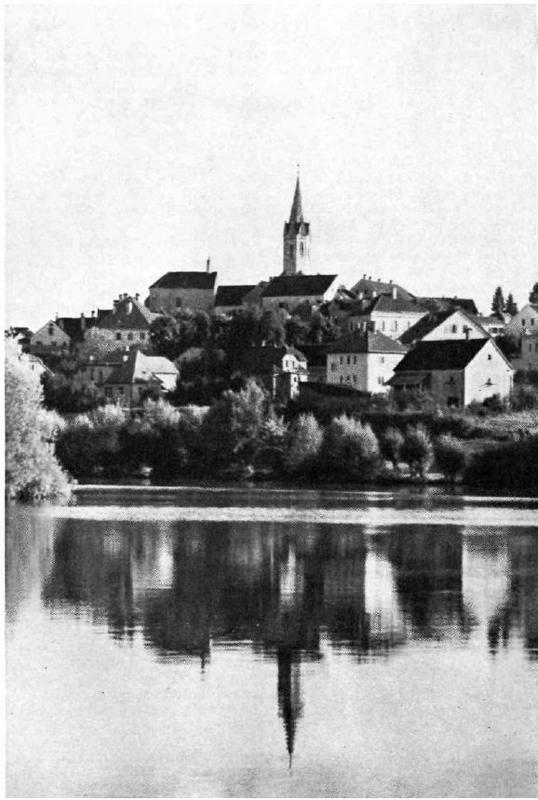
Novo Mesto, the most important town in Slovenia’s Dolenjska region, is different than most other towns its size. Instead of emerging organically, from a village that increased in size through the ages, its creation was the result of an official decree. Eventually, it acquired the reputation as a center of the Slovenian avant-garde, and is now a symbol of prosperity in difficult times.
In the 14th century, Dolenjska was dominated by a large number of small villages, but the region lacked a town that could bind it together. From their base in Vienna, the Hapsburgs decided to create a true regional center, and on April 7, 1365, the duke Rudolph IV officially founded a new town on the banks of the Krka River. The duke christened it Rudolfswerth – Rudolph’s River Peninsula – but it became commonly known as Novo Mesto – meaning simply “New Town.”
Through the centuries, Novo Mesto’s fortunes ebbed and flowed, but the 20th century heralded in an era of unpresented vitality.
In 1920, just two years after the end of the Great War, Novo Mesto hosted an event that put it on the cultural map of Slovenia – and left a permanent mark on history. Dubbed the Novo Mesto Spring, the manifestation was the brainchild of three local intellectuals who opposed the interwar cultural status quo: the artist Božidar Jakac, along with the poets Anton Podbevšek and Miran Jarc. A number of literary and artistic figures, many of them representatives of the nascent Slovenian avant-garde, took part in the Novo Mesto Spring, which turned a formerly sleepy provincial town into a leading force in Slovenian culture. The iconoclastic event brought Slovenian creative life into the 20th century.
In the years that followed, Novo Mesto remained a focal point for artists and literary figures. Representatives of the Slovenian avant-garde frequently met in the town, and influential journals – such as “Trije Labodi” (“The Three Swans”) -- were published in Novo Mesto for a national readership of intellectuals. Anton Podbevšek went on to publish his work in the book Man with Bombs, whose rejection of the established rules left a lasting influence on Slovenian poetry.
After World War II, the emphasis in Novo Mesto turned to industry. Two large factories – the car-maker IMV and the pharmaceutical company Krka – opened their doors and began to employ thousands of local residents. Since Slovenia’s independence, the former IMV has been taken over by the French car giant Renault, and the factory is now busy making automobiles for all of Europe, while Krka has successfully expanded into the Russian market. The companies’ success is apparent in the energy and the prosperity of Novo Mesto, which has been among the towns least affected by the recent economic downturn.
As Novo Mesto marks its 650th anniversary, people from across Slovenia have been urged to take part in celebrations of a town whose vitality has long served as the heartbeat of its region – and beyond.

































































